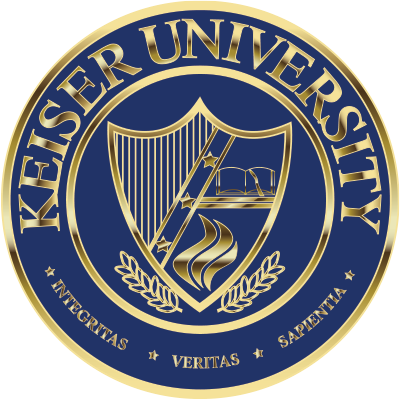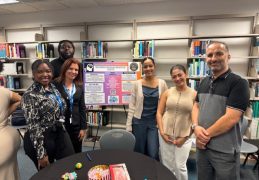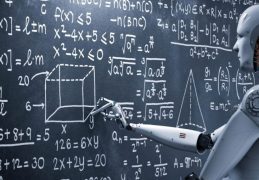 World Health Organization (2024) defines health as “a state of complete physical, mental, and social well-being and not merely the absence of disease or infirmity (illness).” Wellness is an active process of growth to reach your fullest health. The mind and body are connected and as such the physical, mental, and social health are linked and contribute to our overall wellness (Stoewen, 2017). This article will help you understand each domain and provide you with practical tools to practice and maintain holistic health.
World Health Organization (2024) defines health as “a state of complete physical, mental, and social well-being and not merely the absence of disease or infirmity (illness).” Wellness is an active process of growth to reach your fullest health. The mind and body are connected and as such the physical, mental, and social health are linked and contribute to our overall wellness (Stoewen, 2017). This article will help you understand each domain and provide you with practical tools to practice and maintain holistic health.
Technology has broken down the physical walls of the classroom. Students can now collaborate with peers from across the globe on projects and discussions. This fosters a sense of community and cultural exchange, preparing them for a world that is increasingly interconnected. The flipped classroom model further amplifies this shift. By using online resources for lectures and basic concepts outside of class, instructors can dedicate classroom time to deeper exploration, interactive activities, and personalized support. This allows for a more dynamic and engaging learning experience.
Technology’s Impact: Real-Time Feedback and Beyond
Technology’s influence extends to assessments as well. Online quizzes, simulations, and interactive exercises provide educators with real-time feedback on student progress. This allows for earlier intervention when needed and a deeper understanding of individual strengths and weaknesses. It is not just about the information; it is about how effectively students can apply it.
Empowering Learners: The Skills for the 21st Century
The digital world demands a unique blend of traditional and modern skills. Personalized learning addresses this need by fostering a range of critical abilities. Students develop critical thinking by facing real-world problems and diverse perspectives. They refine their digital literacy by navigating online resources and evaluating information effectively. The ability to adapt to new situations is nurtured through individualized learning paces.
Teamwork and Communication
Skills flourish through teamwork and project-based learning. Personalized learning also ignites creativity and self-directed learning, preparing students to become lifelong learners who can take charge of their own educational journeys. This does not stop at academics. Students build resilience by overcoming challenges inherent in navigating their unique learning paths. Exposure to diverse perspectives cultivates global and cultural awareness, preparing them to be active and informed citizens in an interconnected world.
The Future of Education: A Bright Horizon
The future of education is brimming with potential. As technology like Artificial Intelligence (AI) advances, it can analyze student data to personalize content in real-time, further optimizing the learning experience. Imagine virtual reality (VR) transporting students to historical events or allowing them to collaborate on projects across the globe. Increased access to educational resources and sophisticated analytics promises even more personalization. By integrating social-emotional learning (SEL) which focuses on developing empathy, communication, and emotional regulation, personalized learning can ensure all students not only thrive academically but also develop the emotional intelligence needed to navigate the complexities of life.
Finally, prioritizing inclusivity is paramount. Personalized learning approaches must be accessible to students from all backgrounds, ensuring that no one is left behind. Through continuous research and collaboration, we can refine best practices and solidify personalized learning’s role in transforming education into a truly empowering and transformative experience.






 The instructors at Keiser University impacted my life. They believed in my ability to become a great graphic designer, regardless of how I felt about my skills. KU helped to prepare me for the real world and got me to where I am today.
The instructors at Keiser University impacted my life. They believed in my ability to become a great graphic designer, regardless of how I felt about my skills. KU helped to prepare me for the real world and got me to where I am today.
